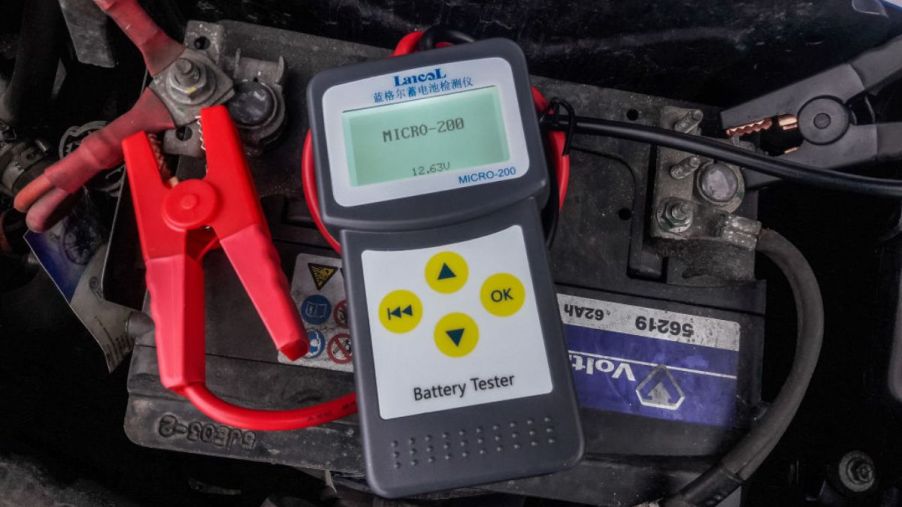
How Does a Trickle Charger Work to Keep Your Car Battery Healthy?
Most cars use a 12-volt electrical system with a lead-acid battery to store power. The battery provides power to start the car and gets recharged by the car’s alternator while the engine runs. Sometimes, the battery gets depleted, requiring jumper cables to borrow power from another car to start the engine. A safer method involves employing an accessory called a trickle charger to maintain the battery properly in the first place.
What does a trickle charger do?
A trickle charger supplies a low amperage charge to a battery to keep it from depleting during periods of nonuse. While a typical alternator sends up to 100 amps or more to your car’s battery, a trickle charger only provides a few amps.
If you drive your car infrequently or for short periods, your alternator may not provide enough power to keep your battery fully charged.
What exactly is a trickle charger and how do you use it?
Externally, a trickle charger is a simple gadget consisting of a box that houses the electronics, a power cord, and two wires with alligator clips on the ends. The box should have switches and a meter or status lights, as explained in the user’s manual. The alligator clips are color-coded: red for positive and black for negative or ground.
Cars Direct reminds us to take the proper safety precautions before using a trickle charger, such as:
- Park the vehicle in a rain-free, well-ventilated area
- Turn off the ignition and remove the key
- Ensure the charger is unplugged and turned off (if equipped with an on-off switch)
- Locate a ground location and apply charger settings as directed in the user’s manual
- For non-maintenance-free batteries, check the water level and make sure to replace the caps securely
- Wear eye protection or a face shield
- Remove metal jewelry from your hands and wrists and long necklaces that could contact the battery
Once properly prepared, follow these steps:
- Attach the red alligator clip securely to the positive battery terminal
- Attach the black alligator clip securely to the ground location indicated in the user’s manual
- Plug the charger into a 110-volt power source
- Turn on the charger if required
If the charger isn’t providing adequate charge to the battery, your ground connection is likely insufficient, the battery is already fully charged, or the battery is dead. Before adjusting the ground connection, turn off and unplug the charger. If you’re connecting the ground clamp to a rusted surface, you’ll need to clean it with a wire brush or choose another location.
What is a smart trickle charger?
Smart trickle chargers automatically regulate the charge they supply to a battery. They can switch themselves off and back on if needed. Some smart trickle chargers provide varying charge levels, a higher rate to recharge a depleted battery, and a float charge to maintain a full charge.
What are battery chargers and battery maintainers?
There are better methods than using a battery charger to maintain batteries. Traditional battery chargers supply amperage at a higher rate designed to charge a depleted battery quickly. Leaving them attached to a fully charged battery is dangerous and could cause a fire or explosion.
Battery maintainers operate similarly to smart trickle chargers but have more safeguards to protect the user and the battery. Battery maintainers are best for infrequently used vehicles, like motorcycles or boats, stored over the winter.
Using a trickle charger to protect the health of your car’s battery is a sound investment. The cost and inconvenience of replacing a battery far exceeds that of a trickle charger. But please follow the proper safety precautions when using them.



